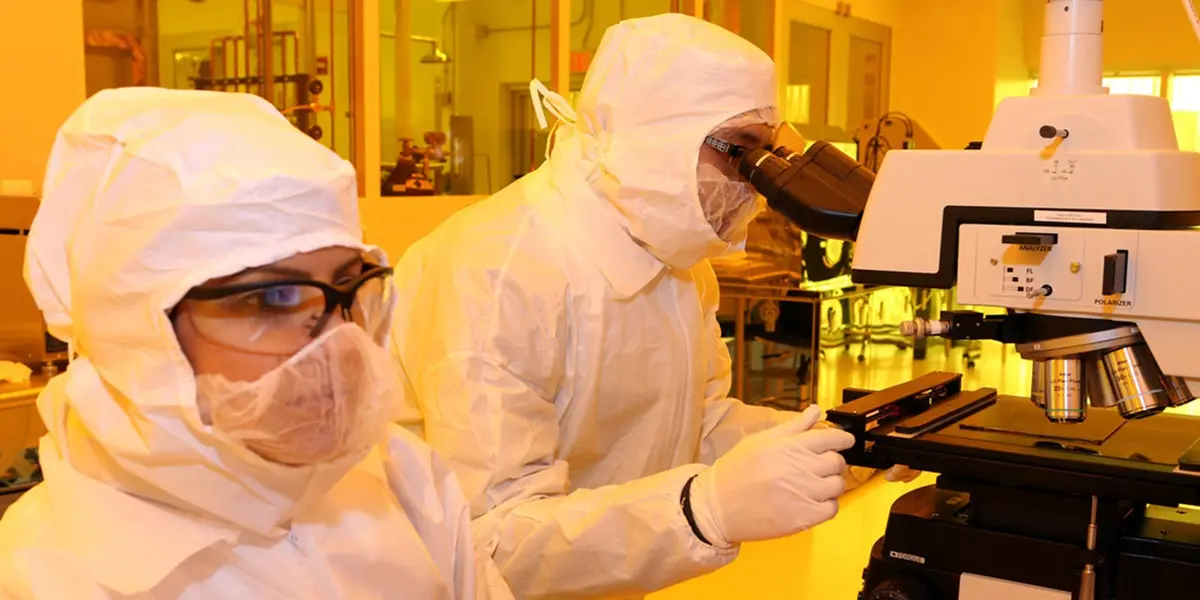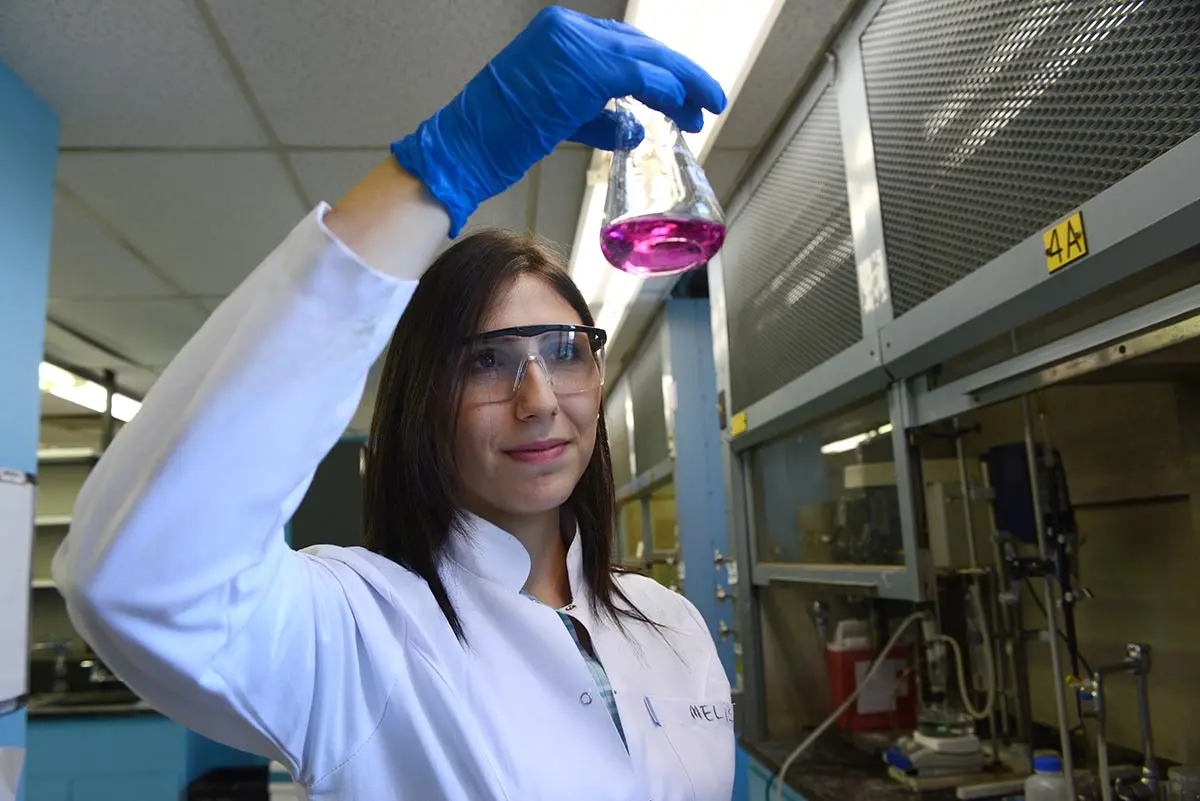The Office of Research and Innovation is committed to growing the university’s interdisciplinary research portfolio by fostering the development and success of University Research and Engagement Centers/Institutes. The guidelines and processes outlined below are intended to streamline center evaluation activities, prompt feedback, and increase opportunities for collaboration.
What are the types of centers and institutes at UMass Lowell?

University Research and Engagement Centers/Institutes
National and International Distinction
Research and Engagements Centers at the University of Massachusetts Lowell have achieved national and international distinction and are committed to expanding knowledge, generating new discoveries, and having a positive impact on society through informing policy and systemic change. Research and Engagement Centers establish and exercise a strong interdisciplinary approach and sustainable financial model. They have leadership structures with clear roles and responsibilities for each member, including future researchers who receive education and training in the Center’s robust learning environment.
 Image by Tory Germann
Image by Tory Germann
University Seed Centers/Institutes
Synergy, sustainability and prominence
University Seed Centers at the University of Massachusetts Lowell are committed to working towards achieving the status of a University Research or Engagement Center. Seed Centers exemplify the same core values, excellence in programmatic work and sustainability as stated in the University Research and Engagement Center mission but need to further establish themselves in defined key areas in order to achieve an exemplary model.
 Image by Liron Asher
Image by Liron Asher
Working Group
Mission development, critical mass, baseline resources
Working Groups are early-stage collaborative efforts with intentions to achieve the status of a University Seed Center. Working Groups display a high level of partnership and teamwork among members across disciplines who have hit a critical mass in their individual areas of research. As a Working Group, members are building a cohesive vision and combining resources to achieve a sustainable model and distinct identity.
For questions regarding University Centers and Institutes, reviews, and applications, please email the Office of Research Development: RD@uml.edu.
How do I apply for a status change for my University Seed Center or Working Group?
We strongly encourage meeting with the Director for Research Development to discuss your idea for a center prior to submitting an application. Please email RD@uml.edu to schedule a meeting.
University Seed Centers that wish to become a university recognized Research or Engagement Center must complete an application for University Research and Engagement Center status. A University Research Center that wishes to change its status to University Engagement Center (or vice versa) should also use this application.
University Working Groups that wish to become a university recognized Seed Center or Institute must complete an application for University Seed Center status.
All applications will be accepted on a rolling basis.
Apply online via InfoReady for these status changes:
University Research and Engagement Center status University Seed Center status
Status Change: Seed Center to University Center
University Seed Centers that wish to become a University Research or Engagement Center must complete the appropriate status change application. The application will be evaluated by the committee, representative Center PIs, and Deans. A presentation is required. The final decision will be made by the Vice Chancellor for Research and Economic Development.
Status Change: Working Group to Seed Center
Working Groups that wish to become a Seed Center must complete the appropriate status change application. The application will be evaluated by the committee and relevant Associate Deans for Research. The final decision will be made by the Vice Chancellor for Research and Economic Development.
How do I maintain my Center's status as a University Research Center, University Engagement Center or Seed Center?
Directors of University Research and Engagement Centers and University Seed Centers will receive instructions for submitting annual reports for fiscal year 2025 soon.
Working groups are not required to complete an annual review.
Annual Review Process
University Seed Centers and University Research and Engagement Centers must complete an Annual Report via InfoReady each year. The report will be evaluated by the committee and representative Center PIs. Feedback will be provided via InfoReady.
How will my Center or Institute be evaluated?
All annual reports and status change applications will be evaluated based on the rubric below:
| Criterion | Initial / Working Group | Emerging / Seed | Developed / Established |
|---|---|---|---|
| Mission, Vision, and Values | The mission is evolving and needs to be refined. It is nascent, discipline-specific, and/or requires further alignment with relevant institutional missions. | Elements of the mission are apparent, but the values and/or vision lack clarity. Alignment with relevant institutional mission(s) is lacking or inconsistent. | The mission statement is clear and well aligned with relevant institutional mission(s). It effectively describes the centers/institute’s goals and philosophies. The vision and values are clear and concise. |
| Strategic Plan and Long-Term Goals | The strategic plan and long-term goals are unclear and/or evolving. The strategic plan requires further development and alignment with the overall mission of the center/institute. | The strategic plan and long-term goals align with some, but not all, of the center/institute’s overall mission and vision, organizational structure (e.g., community, leadership, governance, fiscal sustainability) and programmatic vision (e.g., distinctiveness, impacts, relevant metrics/milestones). | The strategic plan and long-term goals clearly align with the center/institute’s overall mission and vision, organizational structure, programmatic vision, and institutional mission(s). The strategic plan includes a timeline with measurable benchmarks and assessment plans. |
| Short-Term Goals | The short-term goals are not well articulated and/or do not align with or support the mission, vision, and values of the center/institute. | The short-term goals are not fully articulated (e.g., they lack benchmarks, outcomes, or metrics for evaluating distinctiveness, impacts, and relevant milestones) and/or do not fully/completely align with the mission, vision, and values of the center/institute. | The short-term goals align with programmatic metrics and goals and support the mission, vision, and values of the center/institute. They include clear benchmarks, expected outcomes, and metrics for evaluating distinctiveness and impact. |
| Major Accomplishments | The major accomplishments are limited and/or describe individual accomplishments without a cohesive center/institute focus of accomplishment and identity. | Some major accomplishments describe individual activities, however there is evidence that the team has begun to develop a cohesive center/institute focus of accomplishment and identity. There is some reporting on group research activities, impact, and visibility. | The major accomplishments clearly summarize collective activities of the center/institute members in collaboration. Key metrics relevant to the center/institute are reported, including financial support, research output, impact, and visibility. |
| Membership and Leadership Structure | There is no clear leadership and/or organizational structure, and the vision and distinction for membership is not well articulated. Roles and responsibilities are not clearly defined. | The center/institute’s leadership structure, including roles and responsibilities is emerging. Key leaders and members are identified; however, expectations of the center/institute members are not clear. | Roles and responsibilities of the members, affiliate members, and leaders are well defined. A sustainable leadership structure, with strategic workload distribution, succession plans, and evidence of successful, has been established. |
